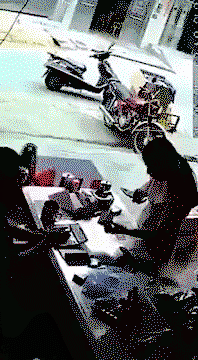Featured Posts

I wish I had a fort

The powerof positive thinking

NASA

Pray for Australia

Take care of each other

She has emerged

My soul feels so much better

I just ordered one. #Just2019HispanicThings

He really wanted his photo at the Halloween party, but was super scared of the spiders

The Only Thing More Contagious Than COVID19 Might Be This Fox's Smile
About
FAQ
Contact
Rules
Terms
Privacy
Feedback
Keyboard Shortcuts:
Previous Post · Next Post · + CTRL Skip Post
Previous Post · Next Post · + CTRL Skip Post
© 2025 FunSubstance · funny and entertaining pictures, memes, gifs & videos.



The contact plate in the starter solenoid was fused, the solenoid failed in an “on” mode, or another electrical/ignition issue such as a false ground caused the starter to engage. The starter of most vehicles which do not somehow have their drive mechanism disengaged from the engine or transmission will allow the vehicle to move by motive power of the starter alone (not fast or far- and it wears or damages the starter, but in an operable vehicle with power to a PCM or with a carb you can get it fast enough generally to “push start” the motor if engaged.) the turn occurs because...